Dijk tot en met Krabbendam
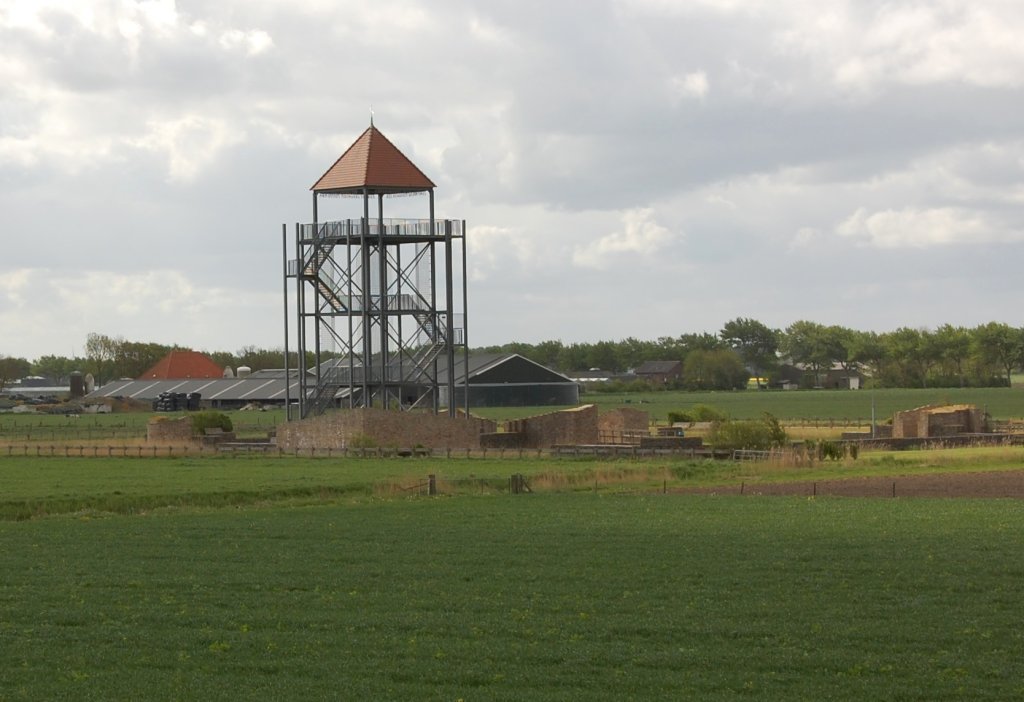
De kroniekschrijver Melis Stoke noemde rond 1300 het kasteel Nuwendoorn ‘die beste die in alden lande staet’. Graaf Floris V bouwde deze dwangburcht in de jaren na 1280 om de West-Friezen onder de duim te krijgen. De resten van het slot werden in 1948 herontdekt. In 2009-2011 liet de provincie de fundamenten opmetselen. De uitkijktoren staat op de plek van de oude donjon en heeft dezelfde afmetingen als deze hoofdtoren, 11 bij 11 meter en 25 meter hoog.
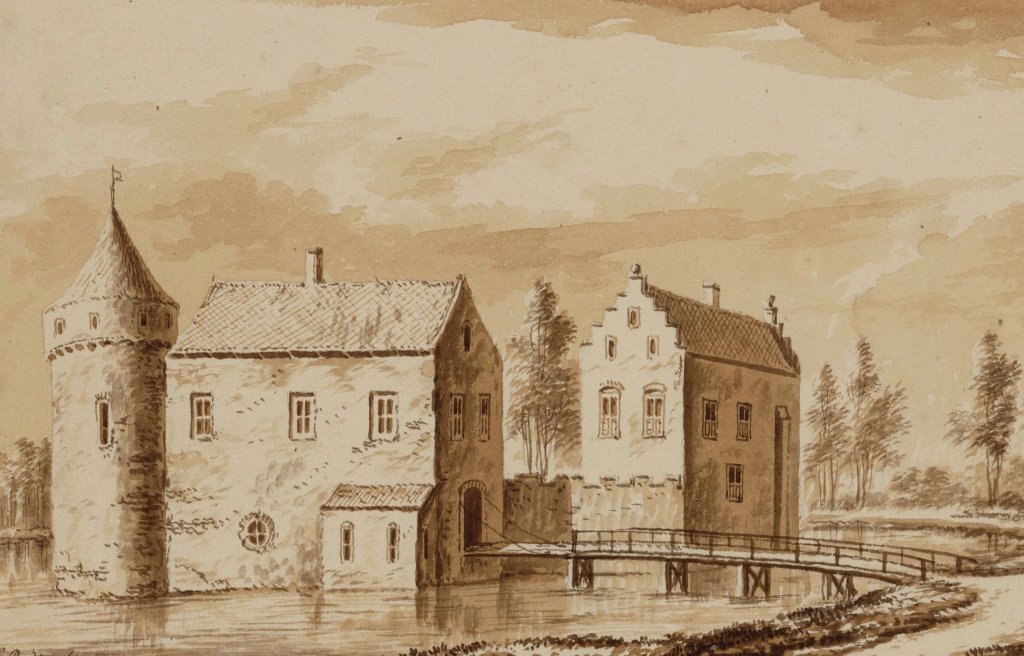
Nuwendoorn was onderdeel van een serie dwangburchten langs de Omringdijk. Tijdens een grote opstand na de dood van Floris V in 1296 vernielden de West-Friezen het kasteel. Het werd echter weer opgebouwd. Rond 1370 had Nuwendoorn afgedaan en verdwijnt daarna uit de geschiedenis.
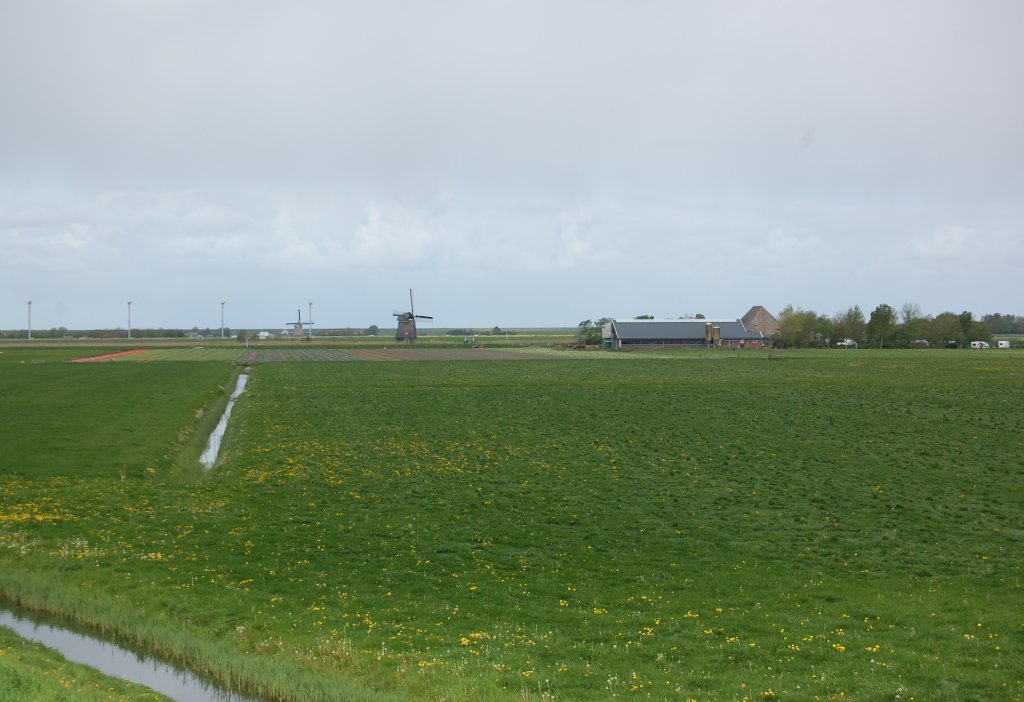
Aan de andere kant van de dijk zien we de Zijpe. Deze strak verkavelde polder was oorspronkelijk een niemandsland van slikken en schorren.
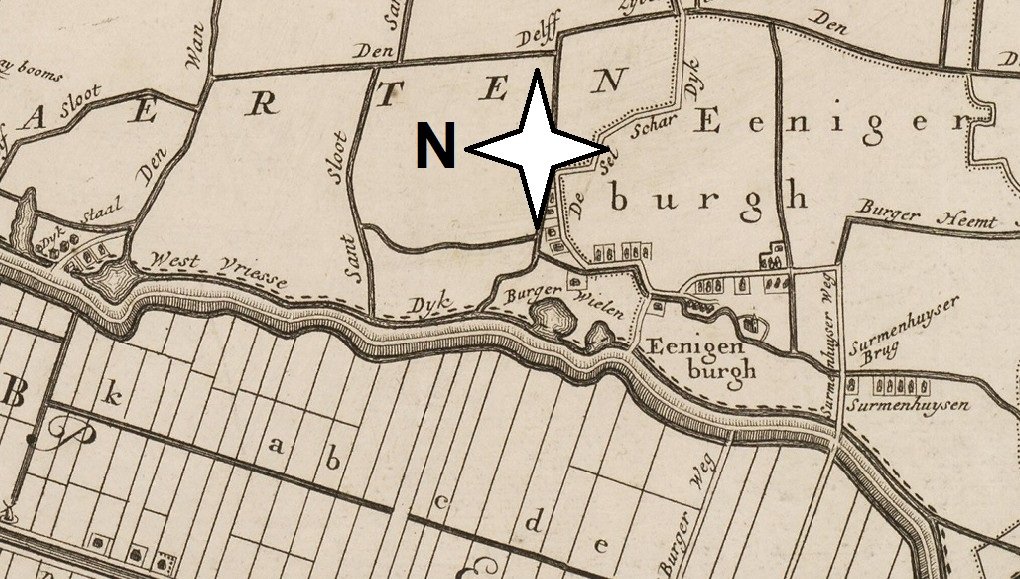
De Zijpe stond tot eind zestiende eeuw in open verbinding met de Zuiderzee. Tijdens noordwesterstormen kreeg de Omringdijk hier de volle laag. Het bochtige verloop van de dijk is een stille getuige van de slijtageslag.

De dijk is door stormvloed in de Zijpe meermaals doorgebroken. Het water dat bij een doorbraak naar binnen kolkte, spoelde gaten uit die soms te diep waren om te dempen. Er was in dat geval geen andere optie dan een nieuw stuk dijk om het gat heen te bouwen. Tussen Krabbendam en Kolhorn zijn meerdere kronkels om zo’n diep meertje te vinden. Het zijn stuk voor stuk plekken waar de dijk lang geleden is doorgebroken.
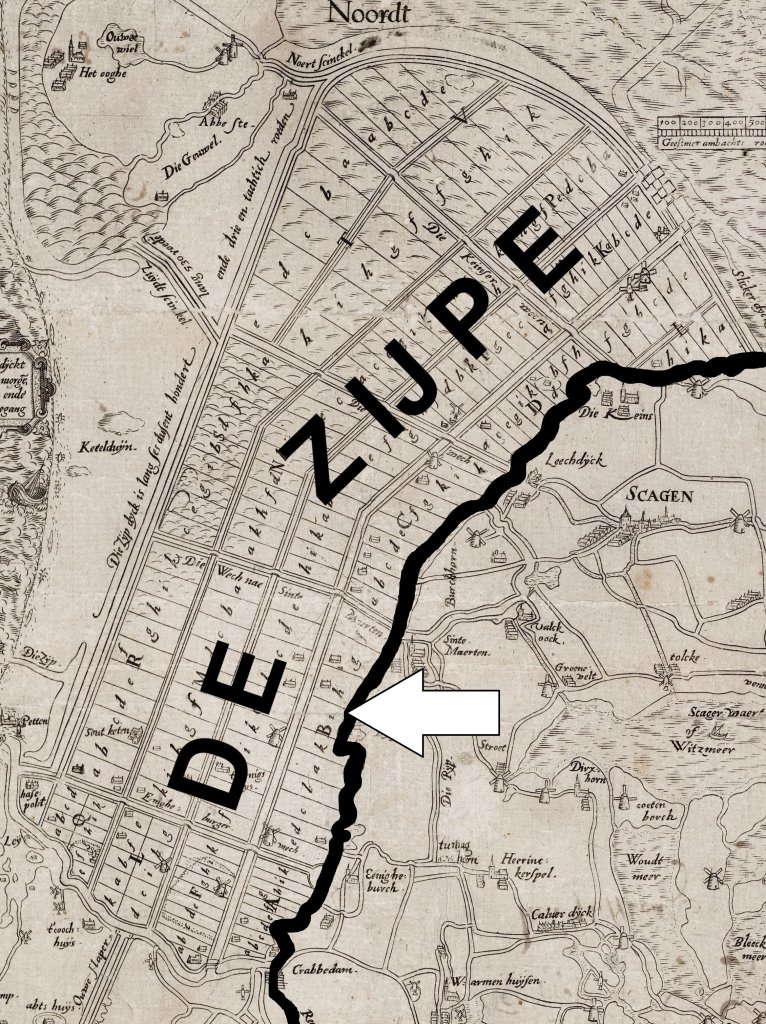
Kunstschilder Jan van Scorel verkreeg in 1551 permissie om de Zijpe tot land te maken. Maar in november 1554 sloegen stormen gaten in de verse dijken. In 1556/57 werd een tweede poging ondernomen. Helaas liep de Zijpe tijdens de Allerheiligenvloed van 1570 opnieuw onder water. Door het uitbreken van de Tachtigjarige Oorlog (1568-1648) kwam van herstel van de schade niets terecht. Pas in 1597 lukte het de Zijpe definitief in te polderen. Deze kaart toont de polder rond 1570. De pijl wijst de Omringdijk aan.
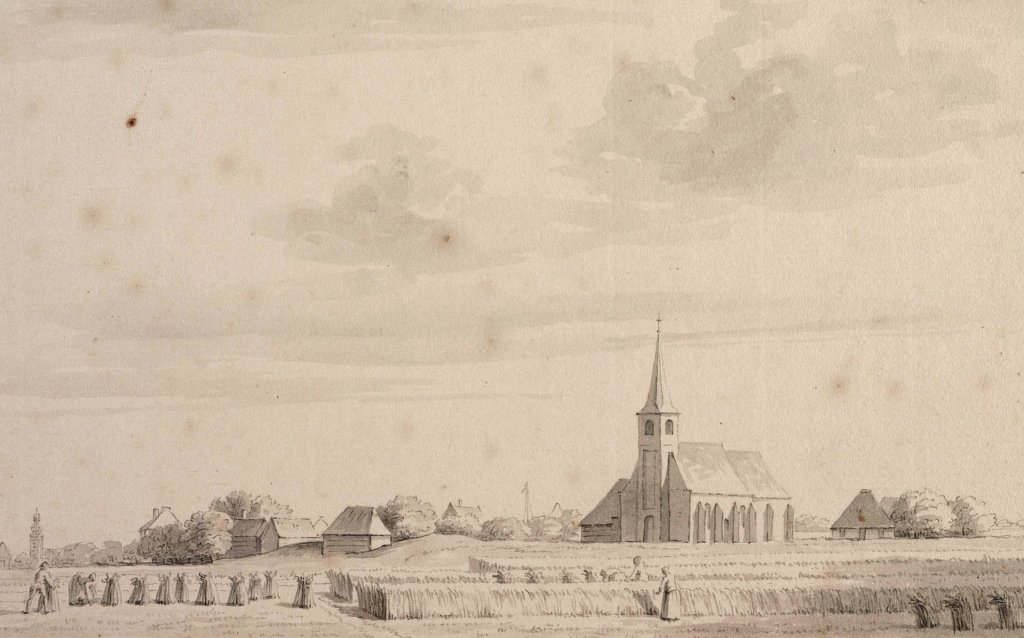
Het dorpje Eenigenburg is gebouwd op een serie terpen. Het wordt al in 1289 vermeld. Het huidige kerkje dateert uit 1792. Deze prent toont het dorpje vanuit het zuidwesten in het jaar 1729. Door een grote ruilverkaveling is het landschap rond het dorp sterk veranderd.
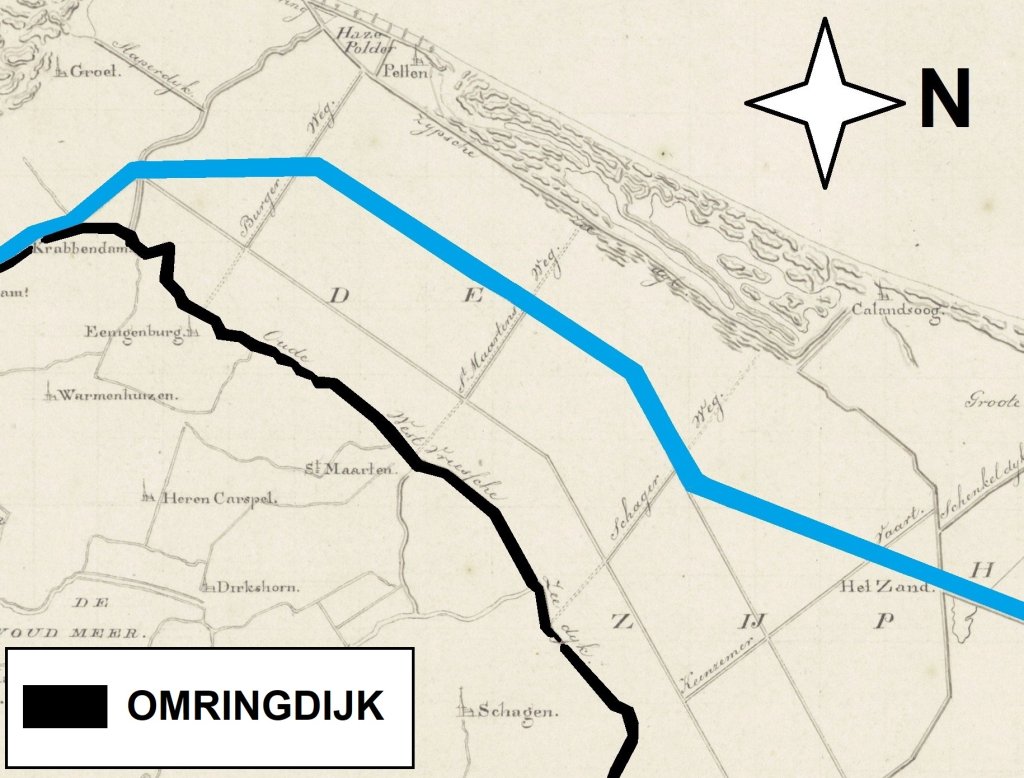
In de jaren 1820-1824 werd dwars door de Zijpe het Groot Noordhollandsch Kanaal gegraven (blauw op de kaart). Dat loopt van Amsterdam naar Den Helder. Het kanaal was nodig omdat de Zuiderzee niet diep genoeg was voor de steeds grotere zeeschepen. De Amsterdamse haven dreigde onbereikbaar te worden. Het belang van het Noordhollandsch Kanaal nam na 1876 sterk af. Dat jaar werd dichterbij Amsterdam het Noordzeekanaal geopend.